Kingsbury fly-in and car show
November 14, 2021
Planes

Fokker Dr.I
The Fokker DR-1 (DR standing for Dreidecker, or 3 wings) was arguably
the most famous plane of World War I. This is probably because it was associated with the Red Baron. The airframe was made out of steel tubing that was covered
in aircraft doped canvas. When it was empty, it weighed 405kg. It had one 80kw engine and could fly a maximum speed of
185Km/H for a maximum time of 1 hour and 30 minutes at a maximum altitude of 14,000 ft. It was powered by a rotary engine.
Starting the Fokker
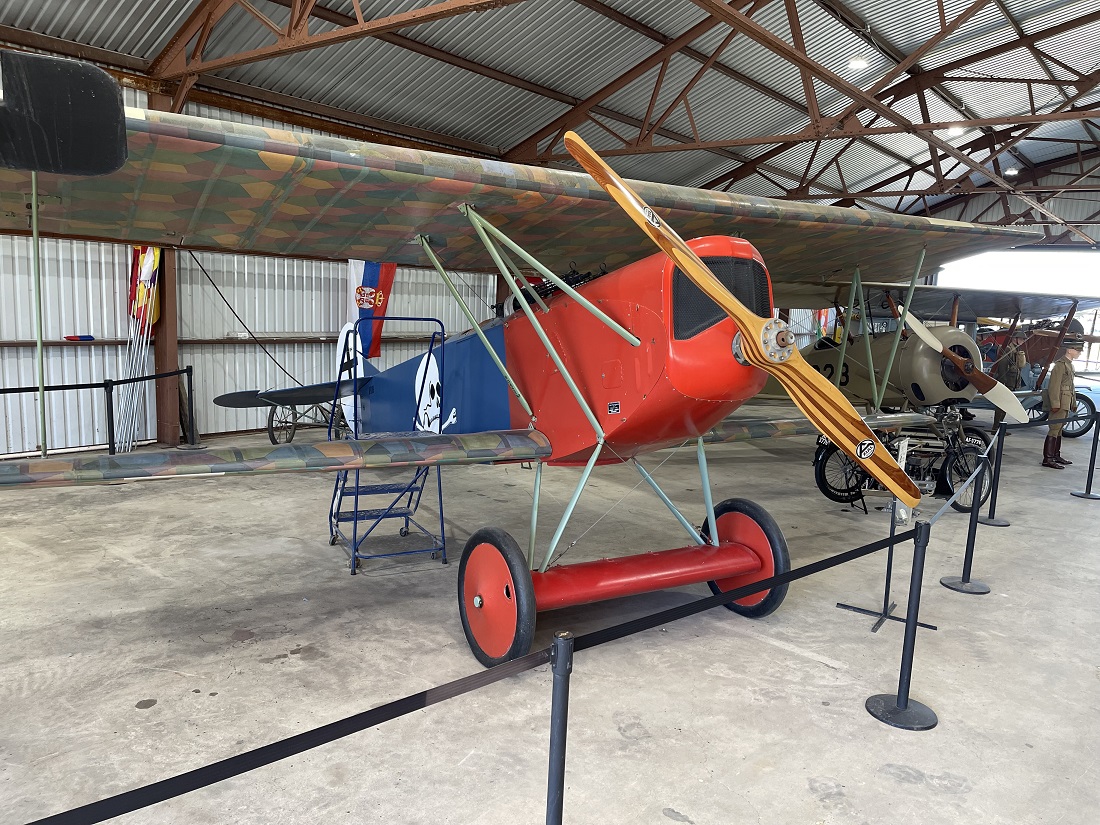
Fokker-Flugzeugwerke, Type D VII
The Fokker D.VII was designed by Reinhold Platz of the Fokker-Flugzeugwerke. His task was to create a fighter capable of beating
the French SPAD XIII and British S.E.5a fighters. Some notable design features of the type included a metal airframe structure,
a thick-sectioned wing, and a lack of bracing wires.
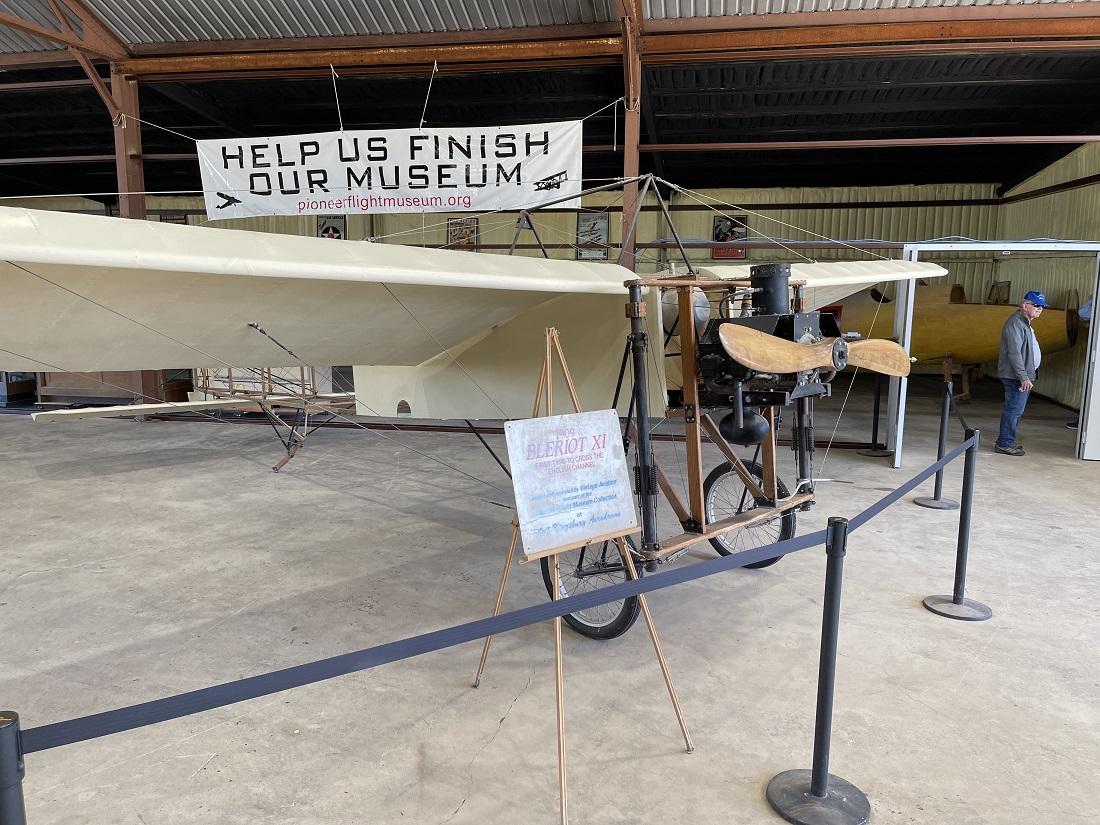
1909 Bleriot XI, Principally designed by Raymond Saulnier,
the Blériot XI was a tractor monoplane featuring wing warping for lateral control. It was the first airplane to cross the English Channel
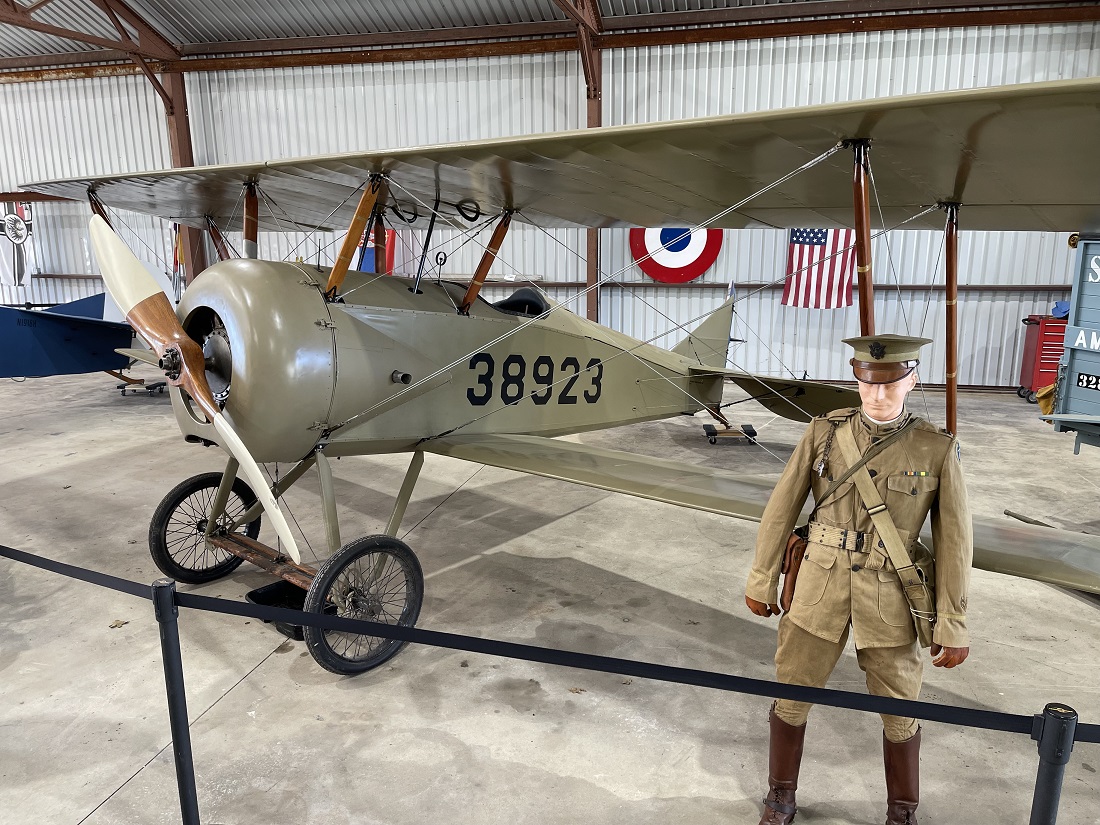
Could be a Sopwith Camel
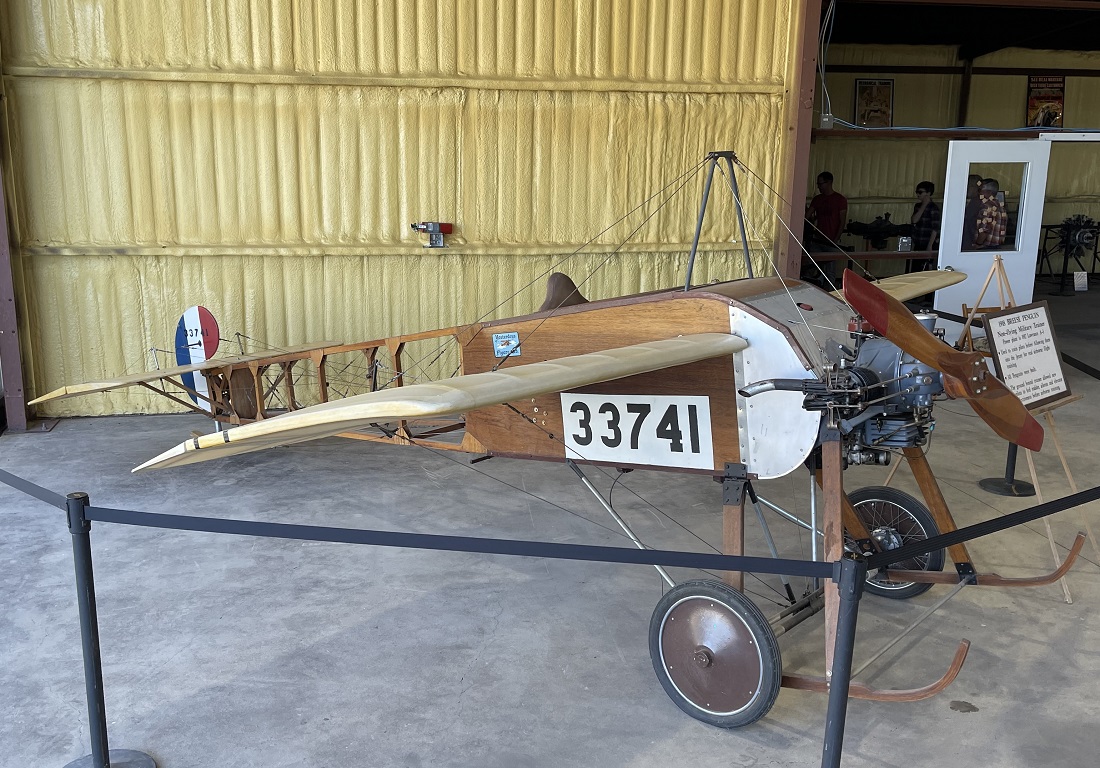
1918 Breese Penguin
Non-flying Military Trainer - Power plant is 1917 Lawrance A-3. Used to train pilots
before allowing them into the Jenny for real airborne flight training. 301 Penguins were built. The ground bound trainer allowed new
pilots to feel rudder, aileron and elevator effectiveness before airborne training.
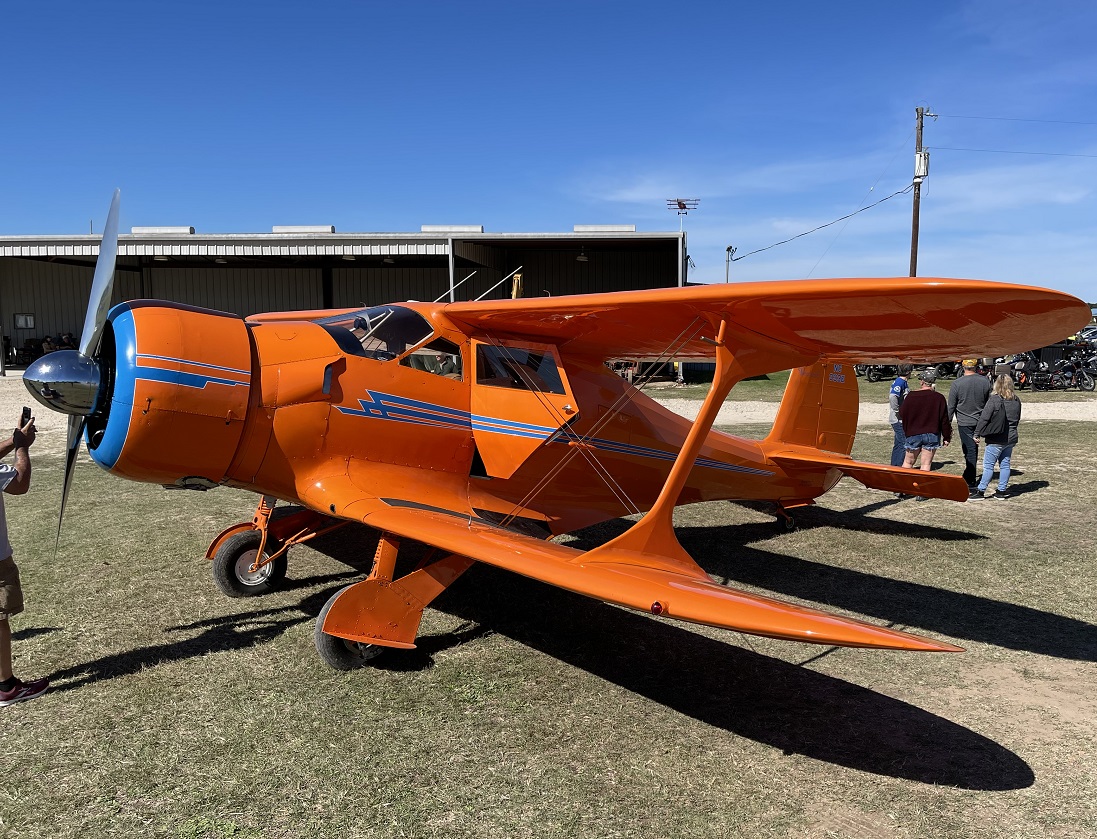
Beach Model D17 or military C-43.
Engine P&W Wasp
It's first flight was 1932. This aircraft was made in 1943.
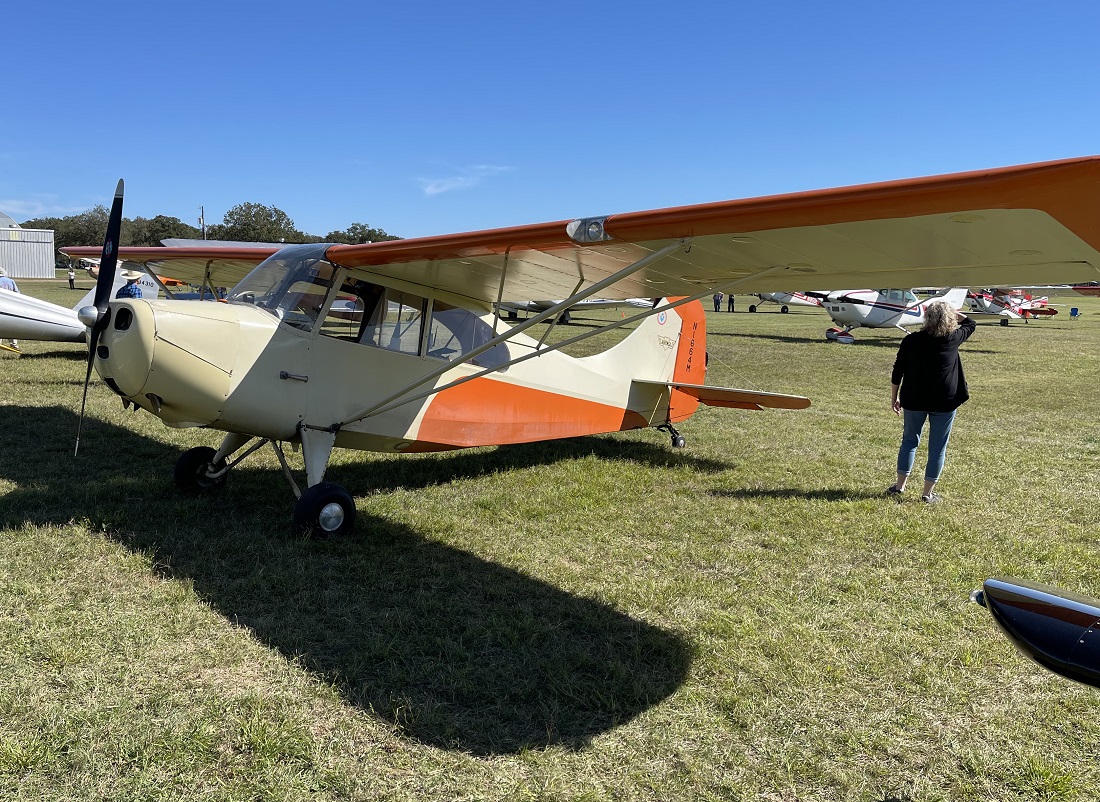
Champion 7EC used for pilot training.
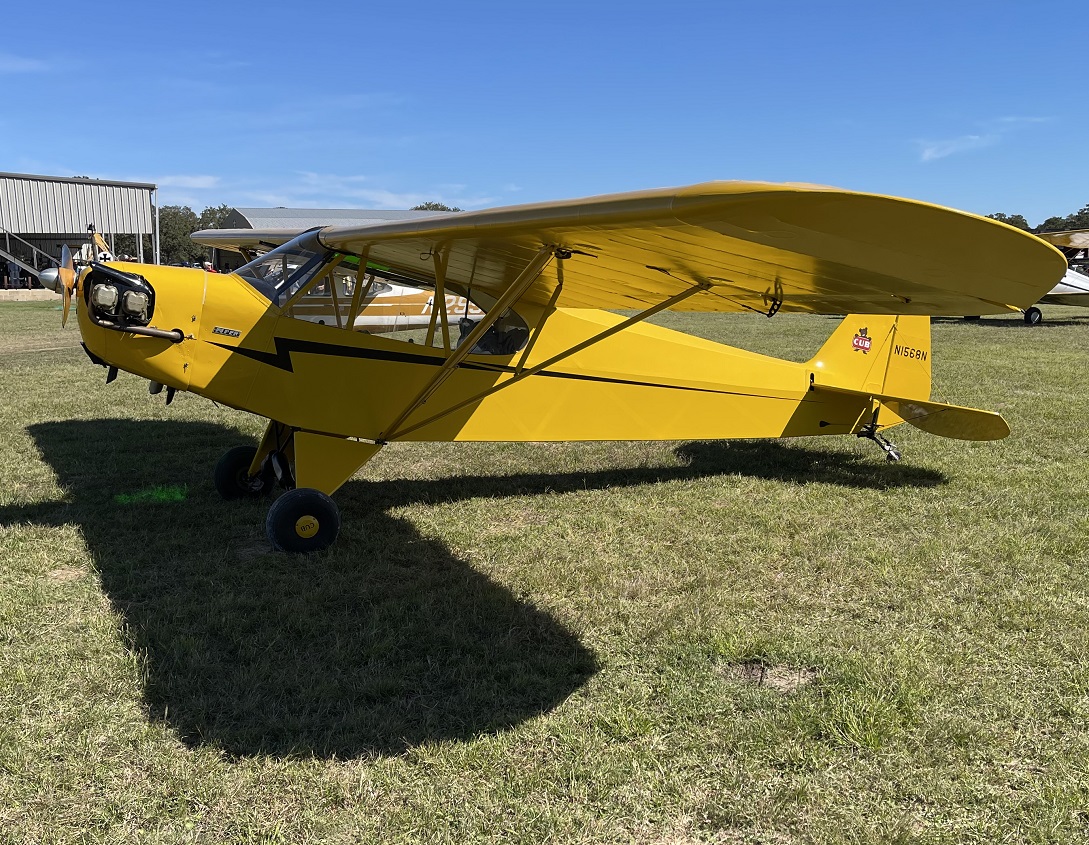
Piper Cub
For generations of pilots, the
object of our nostalgic affection is the Piper Cub. Introduced 75 years ago, the J-3 established the idea of a simple, inexpensive
and easy-to-fly trainer. In the 1940s and 1950s, more pilots learned to fly in J-3 Cubs than any other model.
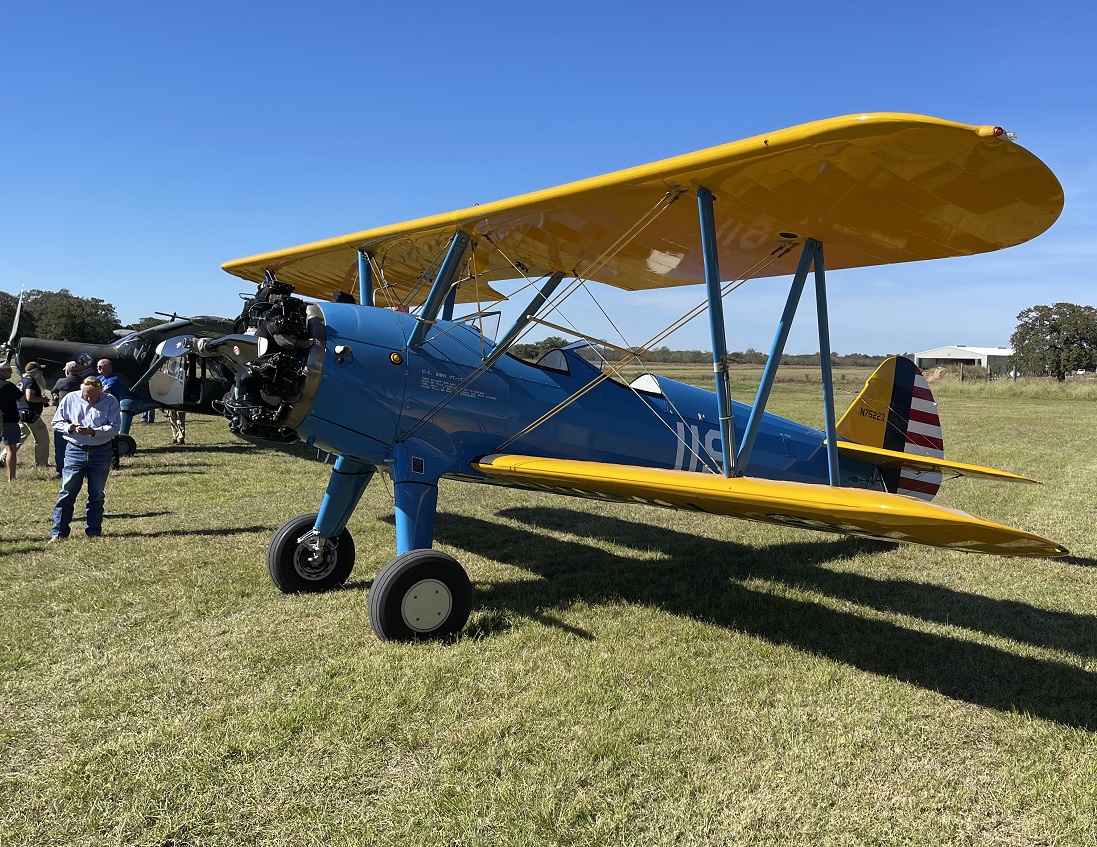
Army PT-17
Service this airplane with 73 octane
fuel only.
If not available, the next higher grade will be used in an emergency.

BT-13
Designed in 1934 to meet a US
Army specification for a new training airplane, the PT-13 Kaydet was the iconic American training aircraft of World War II. Around
10,000 Stearmans were manufactured for service with the US Army, US Navy (as the N2S), Canada, The Philippines, and many Central
American countries. Post-war Stearmans became the airplane of choice for cropdusters and airshow performers. Specs
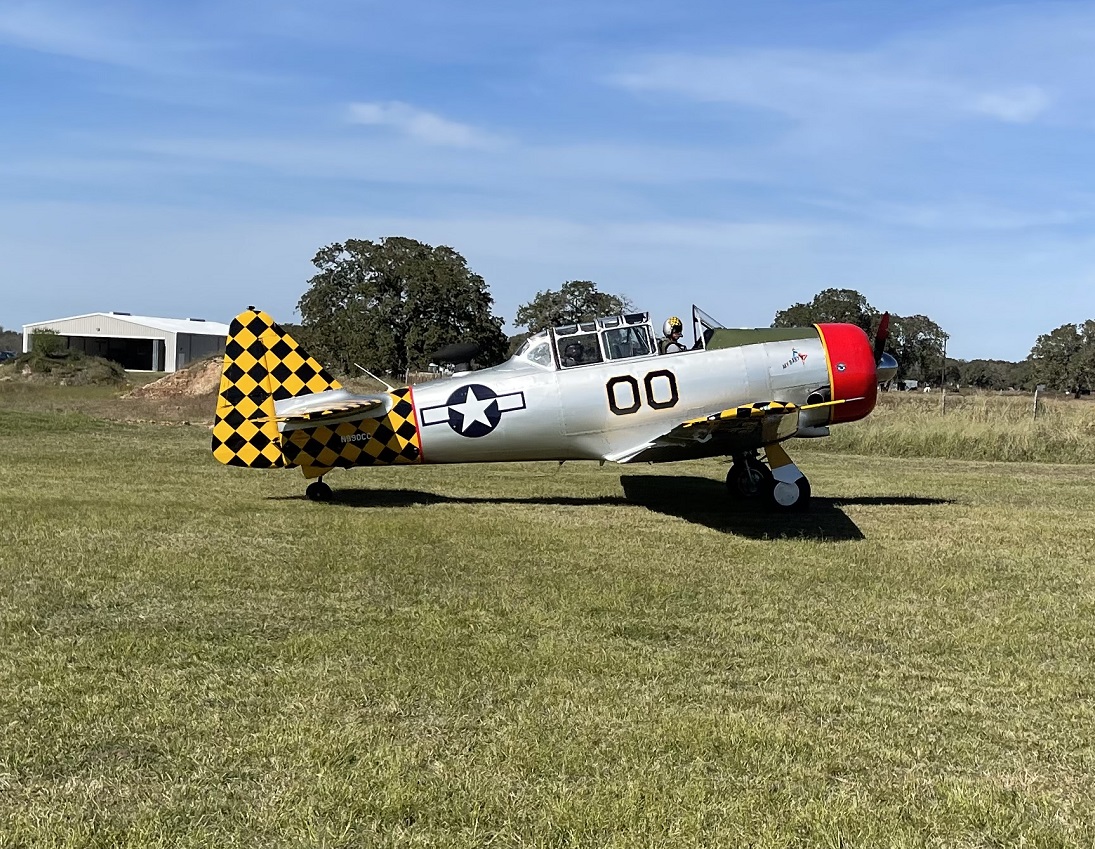
T-6 Texan
The North American Aviation T-6 Texan two-place advanced trainer was the classroom for most of the Allied pilots who flew in World War II.
The advanced trainer AT-6 was designed as a transition trainer
between basic trainers and first-line tactical aircraft. It was redesignated T-6 in 1948.
In all, the T-6 trained several hundred thousand pilots in 34 different countries over a period of 25 years. A total of 15,495 of the
planes were made. Though most famous as a trainer, the T-6 Texan also won honors in World War II and in the early days of the Korean War.
Low pass by T-6
Low pass by Cessna
Low pass by P-51
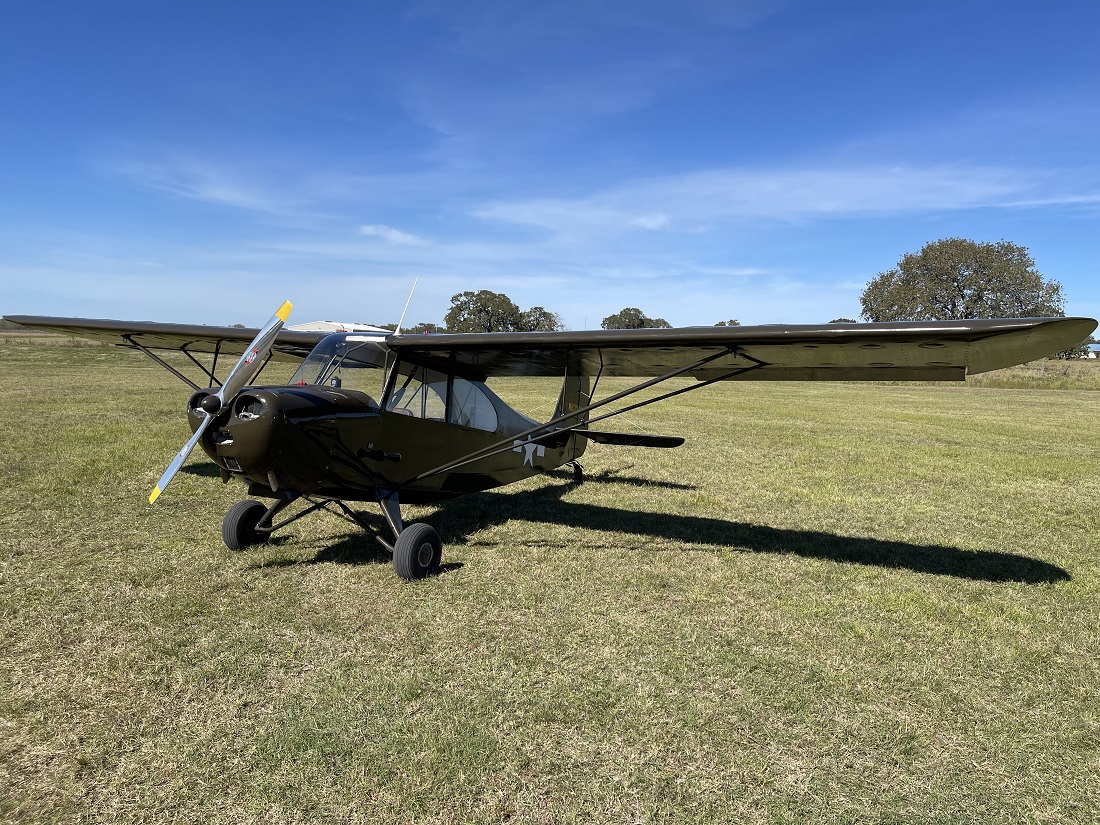
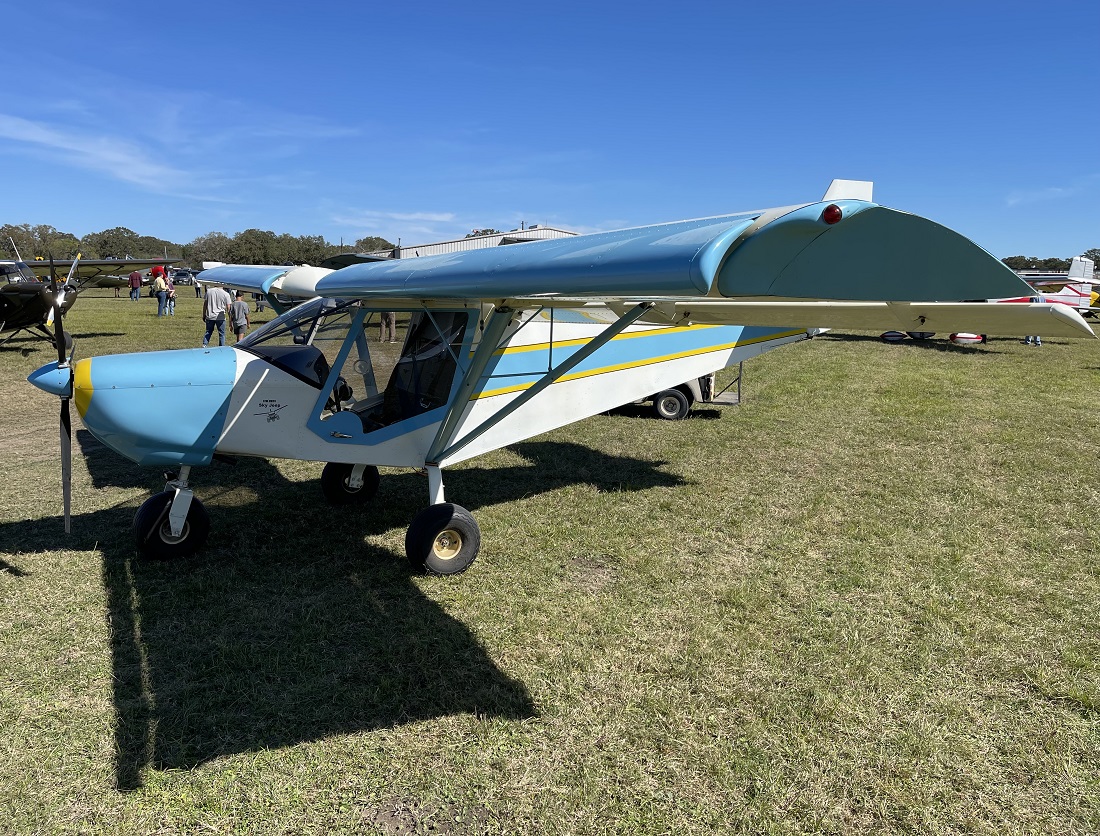
Sky Jeep
First introduced in 1986, the STOL
CH 701 aircraft was developed as an “off-airport” short take-off and landing kit aircraft to fulfill the demanding requirements
of both sport pilots and first-time builders. With the STOL CH 701, designer Chris Heintz combined the features and advantages
of a “real” airplane with the short-field capabilities of an “ultralight” aircraft. The aircraft features fixed leading-edge slats
for high lift, full-span flaperons (both ailerons and flaps), an all-flying rudder, and durable all-metal construction.
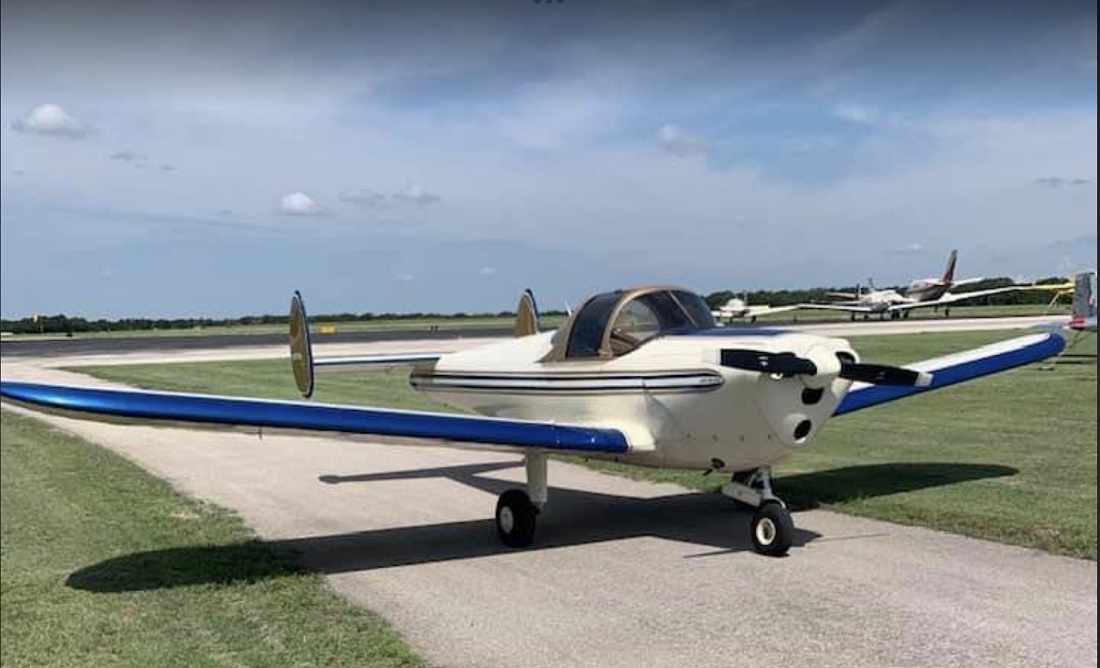 Felix's Ercoupe
Felix's ErcoupeBuilt by the Engineering and
Researching Corporation (ERCO), the Ercoupe was billed as “America’s first certified spin-proof plane.” It was safe: Ads
called it the “world’s safest plane” and compared its handling to that of the family car. The story of the Ercoupe begins with
aviation pioneer Henry A. Berliner, who founded ERCO in 1930. In 1936, he hired engineer Fred Weick, who shared his lofty ambition
to develop an easy-to-fly, consumer-friendly aircraft. Later, Weick’s daughter would say that her father’s goal was to build “the Model T of the sky.”